Introduction: A Tiny Insect with a Big Genetic Surprise
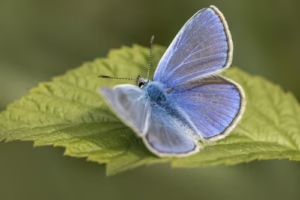
The Atlas blue butterfly (Polyommatus atlantica), found in the mountain ranges of Morocco and northeast Algeria, has stunned scientists worldwide.
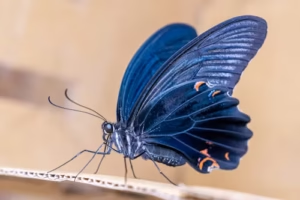
Despite its delicate size, this tiny insect carries a genetic record that makes it stand out from every other animal on Earth. Researchers have confirmed that it holds the highest number of chromosomes in the animal kingdom—229 pairs.
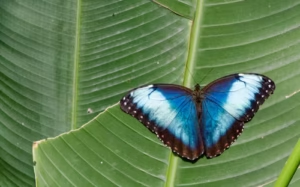
This incredible discovery has reshaped the way experts understand evolution, species formation, and even human disease research.
Chromosome World Record
While most of its close relatives have only 23 or 24 pairs of chromosomes, the Atlas blue butterfly has an astonishing 229 pairs.
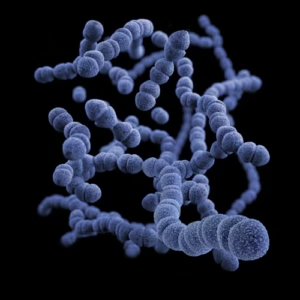
Instead of duplicating its DNA like many other organisms, this butterfly’s genome has undergone repeated chromosome splitting over millions of years.
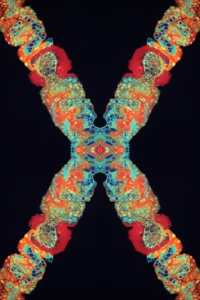
This splitting process has not only shaped its genetic identity but has also helped the species adapt to its environment and evolve rapidly compared to other butterflies.
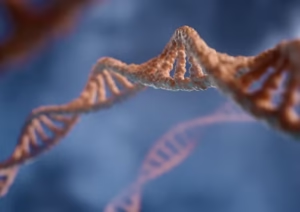
The Groundbreaking Genomic Study
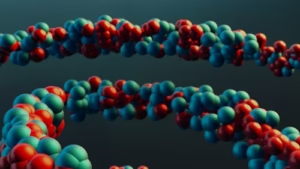
Scientists at the Wellcome Sanger Institute and the Institute of Evolutionary Biology carried out the first full genomic study of this butterfly.
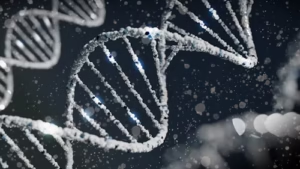
Their findings, published in Current Biology, revealed how the genome has been divided into hundreds of chromosome pairs.

To achieve this, experts produced a gold-standard reference genome, which allows comparisons with other butterflies. By studying these differences, researchers can better understand how new species emerge and evolve.
Why It Matters for Science and Medicine
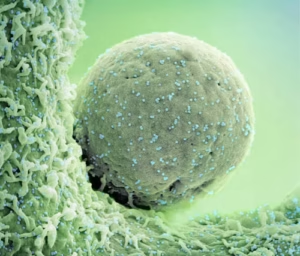
This discovery is not just about butterflies—it has broader implications. The way chromosomes break apart in the Atlas blue butterfly is similar to changes observed in human cancer cells.
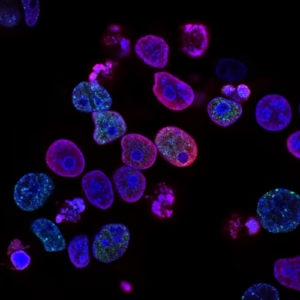
Understanding this process in butterflies may help scientists unlock new insights into cancer research and genetic disorders.
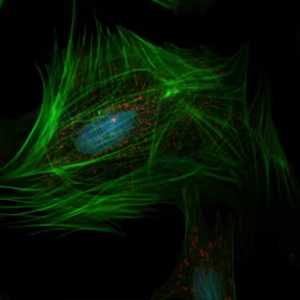
The research also shows how chromosome variation plays a role in species survival and adaptation, offering valuable lessons about biodiversity and evolution.
Atlas Blue Butterfly: A Rapidly Evolving Species
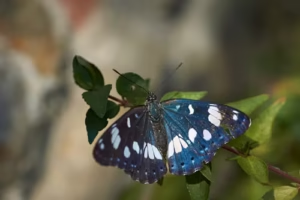
The Atlas blue butterfly belongs to a group of butterflies known for fast evolutionary changes. Over a relatively short period of time, they have adapted quickly to their surroundings.
Experts believe that the unusually high number of chromosomes may be one reason for this rapid pace of evolution.
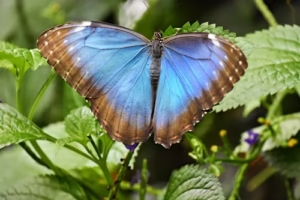
This genetic flexibility might allow the species to adjust its traits more easily, increasing its survival chances in changing environments.
Key Questions Raised by the Study
While this research has provided groundbreaking answers, it has also raised new scientific questions:
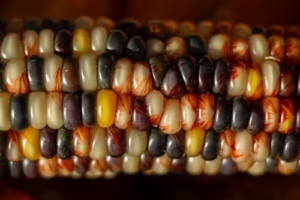
-
Why does splitting chromosomes provide an advantage?
-
Do more chromosomes equal greater genetic diversity?
-
Which genes are preserved, and which are lost during splitting?
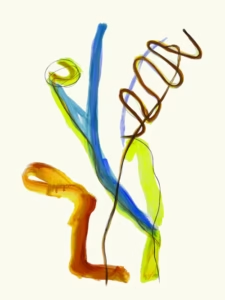
Scientists believe that answering these questions could open doors to understanding genetic diversity, adaptation strategies, and possibly even developing new ways to study species formation.
Expert Opinion
Professor Mark Blaxter, a senior researcher at the Wellcome Sanger Institute, emphasized the importance of such findings:
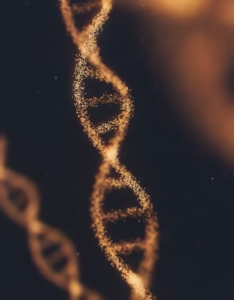
“Genomes hold the key to how a species emerges and how it may disappear in the future. To understand the story of life on Earth, we need the story of each species, and the Atlas blue butterfly provides us with a fascinating chapter.”
Practical Implications of the Discovery

In the past, studying new species was far more difficult. Researchers often had to compare fragments of DNA from one species to others in the same family. This gave only rough estimates of how traits evolved.
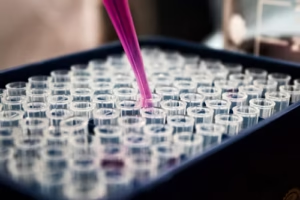
Now, with the complete genome sequence of the Atlas blue butterfly, scientists have a clear map to work with. This reference genome can help in:
-
Identifying which genes are crucial for survival.
-
Tracing evolutionary history more accurately.
-
Understanding how species with unusual chromosome structures adapt to their environment.
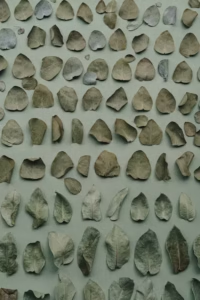
My View
In my opinion, the discovery of the Atlas blue butterfly chromosomes is more than just a scientific milestone—it is a reminder of how even the tiniest creatures can reshape our understanding of life.
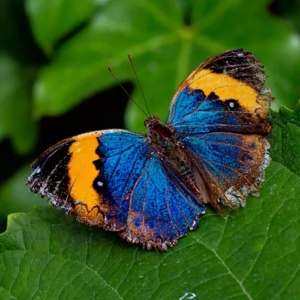
What fascinates me most is the connection between butterfly genetics and human cancer research. It shows how nature holds answers to some of our biggest medical challenges.

I also find it inspiring that such discoveries come from studying species in remote areas like the mountains of Morocco and Algeria.
It highlights the importance of protecting biodiversity because every species may hold secrets that can change the world.
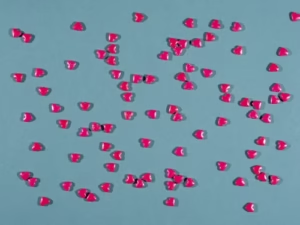
Conclusion
The Atlas blue butterfly is no longer just another insect fluttering in the mountains of North Africa. With its record-breaking 229 pairs of chromosomes, it has become a symbol of genetic complexity and evolutionary innovation.
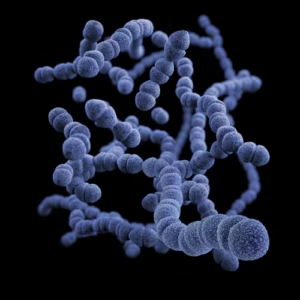
From shaping new perspectives in evolutionary biology to potentially guiding future cancer research, this butterfly proves that size does not limit significance. Its genetic story is now part of the bigger story of life on Earth.

ykpihb